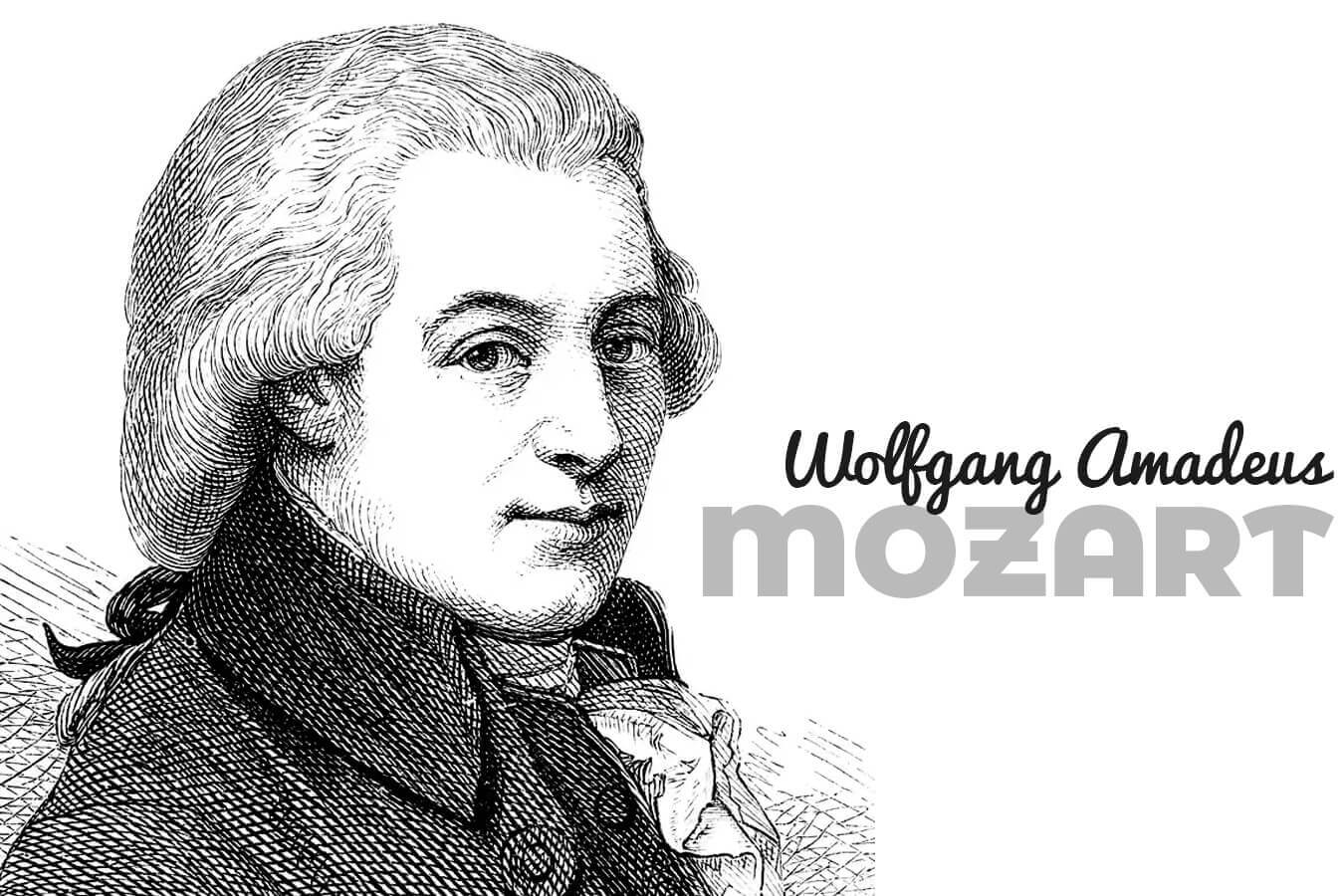musiconline blog
news about us & everything about music on our blog!
Famous Pieces of Classical Music
Bach, Beethoven, Mozart, Vivaldi, Brahms... These important composers from many different periods and centuries ago, and the works of many of them that have been in our ears, even if we don't know their names by heart... We looked at these important works in musiconline's blogpost this week.
We mentioned the historical adventure of Western Classical Music, which dates back to Ancient Greece (7th century BC), in our Musical Eras blog post. Especially in this polyphonic music genre, which has developed rapidly since the 1400s, it is of course very difficult to choose among hundreds of composers and artists who have left evidence for history, whose works have been passed down from generation to generation. As musiconline, in this post, we tried to choose the works that are familiar to the composers and their works without even realizing those who do not have the habit of listening to classical music. Let's examine those works together.
Vivaldi: Four Seasons - Summer/Presto
At the top of our list, one of the most famous compositions by Italian composer Antonio Vivaldi; There is Le Quattro Stagioni, the Four Seasons. In fact, of these 4 concertos called Spring-Summer-Autumn-Winter, consisting of the first 4 of 12 concertos written for violin under a different name, Summer and Winter express the helplessness created by natural events. Each season consists of 3 parts that we can define as fast - slow - fast. We also recommend you to listen to the Summer - Presto part by the famous violinist Joshua Bell.
Beethoven: Für Elise
Perhaps one of the world's best-known works, the Bagatelle no. 25, known as Für Elise (for Elise), is one of the most popular compositions by the famous German composer Ludwig van Beethoven , written in 1810. We share with you this work, composed by Beethoven for solo piano and published in 1867, 40 years after his death, with a commentary by the famous pianist Lang Lang;
Bach: Toccata and Fugue in D Minor
Toccata and Fugue in D Minor BWV 565, a work by the famous composer Johann Sebastian Bach, which is a cornerstone of the history of Western music, is estimated to have been composed in 1707, is one of the most important compositions made for the church organ.
Brahms: Hungarian Dance No.5
After meeting with Hungarian violinist Eduard Reményi by the famous German composer Johannes Brahms, only the 1st, 3rd and 10th dances of the Hungarian Dances series composed of 21 dance pieces that he was influenced by in the Gypsy style were adapted to the orchestra by Brahms. Over time, many of the other dances were organized for the orchestra by different composers. We think you should listen to Hungarian Dance No.5, one of the best known of this series, from the famous violinist David Garret;
Mozart: The Marriage of Figaro / Overture
Composed by Wolfgang Amadeus Mozart in 1786 and consists of 4 frets, in Italian name; Le Nozze di Figaro is a comic opera numbered K. 492. The most known part of the work, which was staged for the first time in Vienna; we share the Overture (opening piece) with the commentary of the New York Philharmonic Orchestra conducted by Leonard Bernstein;
As musiconline, this week we listed famous works of classical music that are familiar to our ears with their tunes, even if we don't know their names. You can follow us on our social media accounts and subscribe to our e-newsletter to be instantly aware of our upcoming series of blog posts and other published ones. Also, if you would like to contribute to our Music of The Week that we publish on Instagram reels every Monday; works you're curious about or want to listen to; post them by tagging us with #listentomusiconline, let's share your suggestion. ✌ ️
Stay with music!


